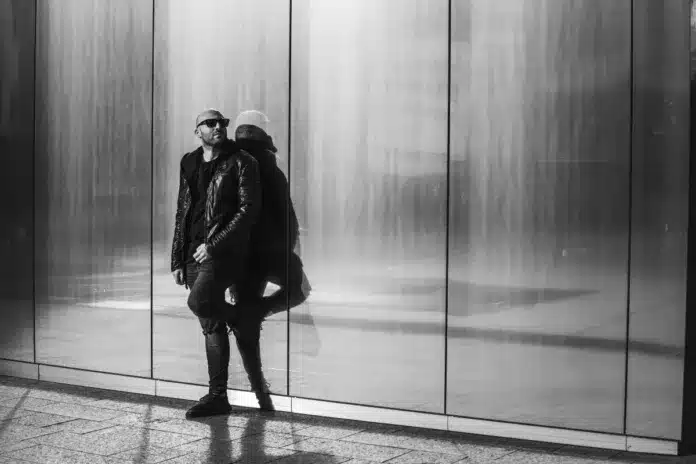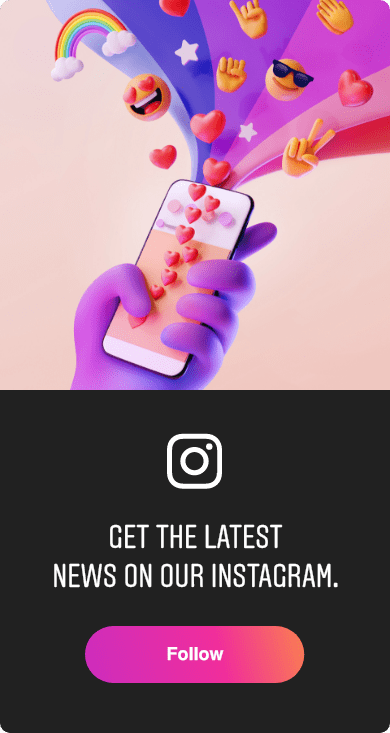
How Bon Iver’s live sound design prioritises fan experience and “what goes into their ears”
Bon Iver‘s premium sound system providers, L-Acoustics, have spoken to NME about the future of live sound and how they worked with Justin Vernon to design an immersive experience for fans.
Before the recent show at New York City’s Forrest Hills stadium as part of the ‘Bon Iver, Bon Iver’ 10-year anniversary tour, Vernon first tapped L-Acoustics in 2018 to help create a panoramic soundscape of high-resolution audio for a gig at California’s Santa Barbara Bowl.
Since then, the band have continued to work with the company – using their L-ISA Hyperreal sound technology – to create a deeper, direct auditory connection with fans.
“It’s the 10 year anniversary of our album release, ‘Bon Iver, Bon Iver’, but it’s also a return after quarantine and COVID lockdown,” Vernon said of focusing on sound on their current tour. “We’ve gotten to be on the ground floor of something new,” he added, noting that “it’s not just two stacks of speakers in a room anymore.”
The first time the Wisconsin indie band played their nuanced tracks via the L-ISA high-resolution speaker software, their engineer came up to Vernon after the performance and told him, “That’s the best show you’ve ever played, and it has a lot to do with that sound system.”
“Overall, if we were to prioritise what we’re bringing to people out there [it’s] what goes in their ears,” the Bon Iver bandleader said of the importance of their sound quality. “What we’re trying to do is make it an experience.”
Scott Sugden, the head of product and technology at L-Acoustics who worked directly with the band on their audio design, told NME: “Bon Iver have a really high priority on sound, more than anything else. If you’ve ever been to one of their shows, they don’t even have a front light on the band. They’re forcing you to listen, not to see.”
For Sugden, one of the most important experiences their system provides is giving everyone in attendance, no matter where they’re sitting at a show, the same quality of sound.
“Live shows are great, they’re exciting, they’re fun…when you’re sitting in the sweet spot for sound,” he told us. “But when you buy a ticket for [Brooklyn’s] Terminal 5, and you’re sitting in the balcony on the right, it might be a beautiful sound system, but it’s not a beautiful sound experience.”
As of today, L-Acoustics’ immersive sound systems can also be heard at Coachella, Lollapalooza, the Hollywood Bowl, and on tours for Radiohead, Adele, Lorde, Foo Fighters, and Depeche Mode. Following two years of tour cancellations and low-quality concert livestreams due to the ongoing pandemic, the company believes sound prioritisation will become the norm for artists.
“There are early adopters like Bon Iver, but we’ll continue to see more touring artists pushing the envelope and the experience for their audience,” Sugden said. “Eventually, if your ticket doesn’t include immersive sound, you may choose to spend your hard-earned money somewhere else. Having been to many immersive shows, it’s hard to go back.”

Laurent Vaissié, CEO of L-Acoustics, agreed that the future of sound and live performance will require immersive technology. “Artists hear music in a three-dimensional way,” he told NME. “Giving them this canvas to create with resonates with them, which is why we are seeing more interest from artists. This is the way they want their music to be heard.”
The sound company is not only concerned with giving artists the tools to create a sound experience that reflects how they imagine their music being heard but also giving fans a higher quality live music experience.
“For the audience, once you get past the immediate experience of being enveloped by the sound, it’s just a side effect,” said Vaissié. “It’s not the most important aspect. If it were only the surround sound, it would get boring really fast. The most important aspect is the ability to specialise a sound that gives fans a better connection to the artists.”
Vaissié told us that concert attendees, who’ve heard their systems at shows for bands like Alt-J, told them that with L-ISA they feel closer to the band and like they’re at an intimate show, even when they’re in a large arena.
“Coming out of the pandemic, there’s an interest, from promoters to artists, to make the experience as incredible as possible,” he added. “The reality is that our competition is Netflix, it’s staying at home and bingeing a show or watching a concert on TV.
“So, to convince people to come to a show at this point, they have to feel like it’s worth it. That’s why we’re seeing production being elevated because artists want to make the commitment worth it for the fans.”
Bon Iver opened their sold-out Forrest Hills stadium show with their piano ballad ‘U (Man Like)’ and closed with their layered track ‘Rabi’. From start to finish, the immersive sound quality was clear, for not only those sitting in close proximity to the centre of the stage, but also for fans sitting in seats at the very top of the bleachers.
For L-Acoustics, working with artists is not so much about the technology but about making sure the technology “doesn’t impede the art”. Their goal is not just to make the music louder, but to make the sound “dynamic” and “more interesting” for listeners, giving them a chance to be “part of the live experience, not just a witness to it.”
“If you’re just going to witness it, you might as well stay home and just watch it on YouTube,” Sugden said. “That’s the reason you go to a live show. You want to be part of the experience. I’ve heard them play 50 times, but going to a Bon Iver concert in L-ISA? That’s a life-changing experience.”
Bon Iver is currently on a world tour with upcoming stops in the US and UK. View the full itinerary here and purchase tickets here.





